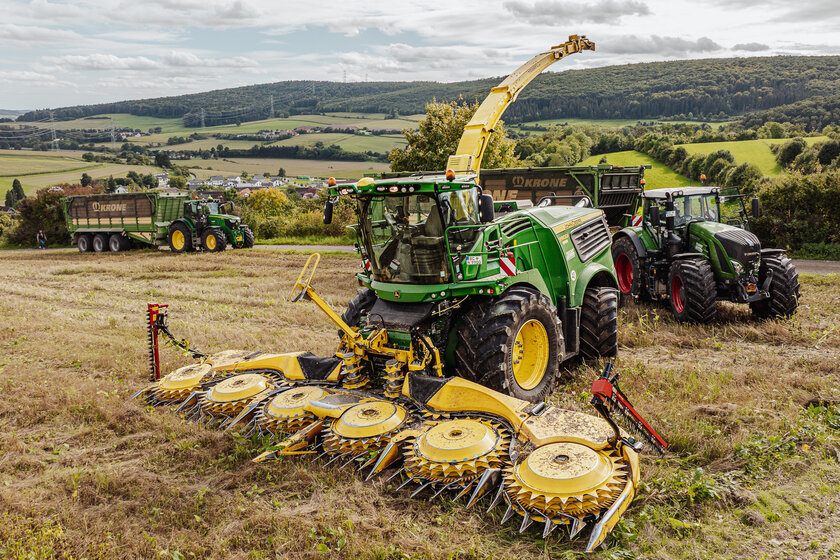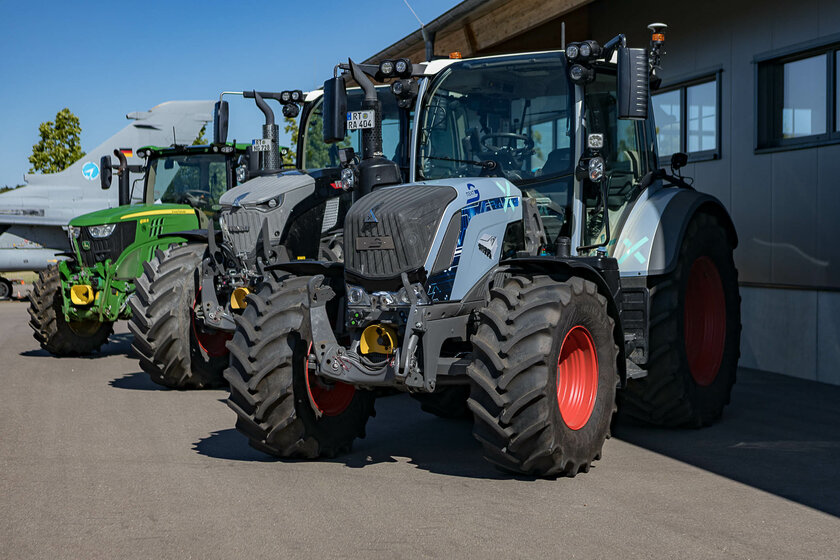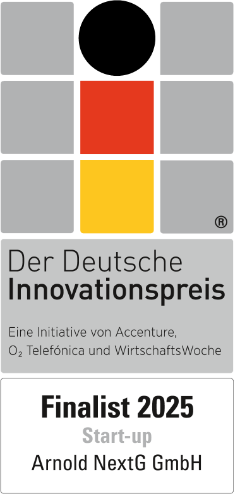
Autonomous ≠ Automatic – What True Independence in the Field Really Means
Semantics or serious innovation?
Automated, semi-autonomous, autonomous – three terms often used interchangeably, even though they mean vastly different things when it comes to agricultural machinery.
There’s a world of difference — technically, legally, and in terms of safety — between a GPS-assisted tractor and a fully independent field robot.
“There is no universally accepted definition of autonomy levels in agricultural systems. [...] Evaluation heavily depends on the operational context.”
– German Federal Ministry of Food and Agriculture, Position Paper on Adaptive Autonomous Agricultural Systems, 2022
So when we speak of “autonomy”, we must ask:
- How many decisions does the machine make on its own?
- Can it react to unexpected conditions?
- How safe is it without human oversight?
From GPS to AI – The spectrum of machine independence
Frameworks such as ALFUS (Autonomy Levels for Unmanned Systems) or ISO 18497 help distinguish:
- Automation: repeatable, rule-based operations
- Semi-autonomy: adaptive behavior in known environments
- Full autonomy: independent navigation and decision-making in complex, dynamic scenarios
Arnold NextG’s NX NextMotion is a system designed to scale across this full range. From operator-assisted to fully autonomous missions, its foundation remains constant:
Digitally secured control – with built-in redundancy, cybersecurity, and real-time response.
Conclusion: Autonomy must be defined before it can be delivered
Autonomy is not a checkbox — it's a development philosophy.
The clearer we define what a system must be able to do, the faster and safer we can scale it into the field.
And the future of farming will not be mechanically driven — but architecturally orchestrated.






